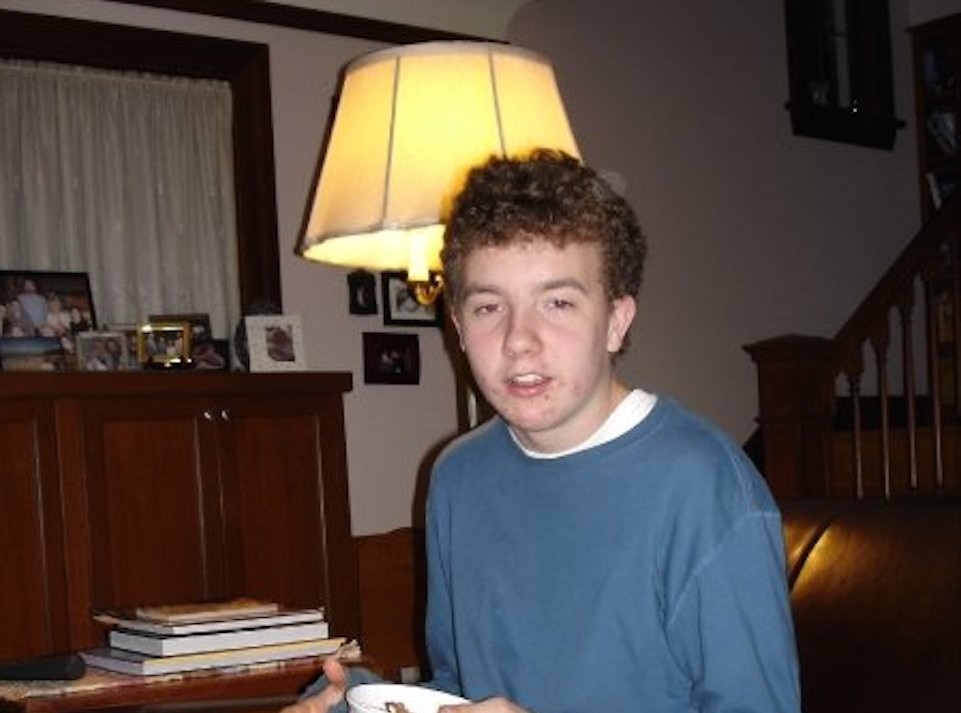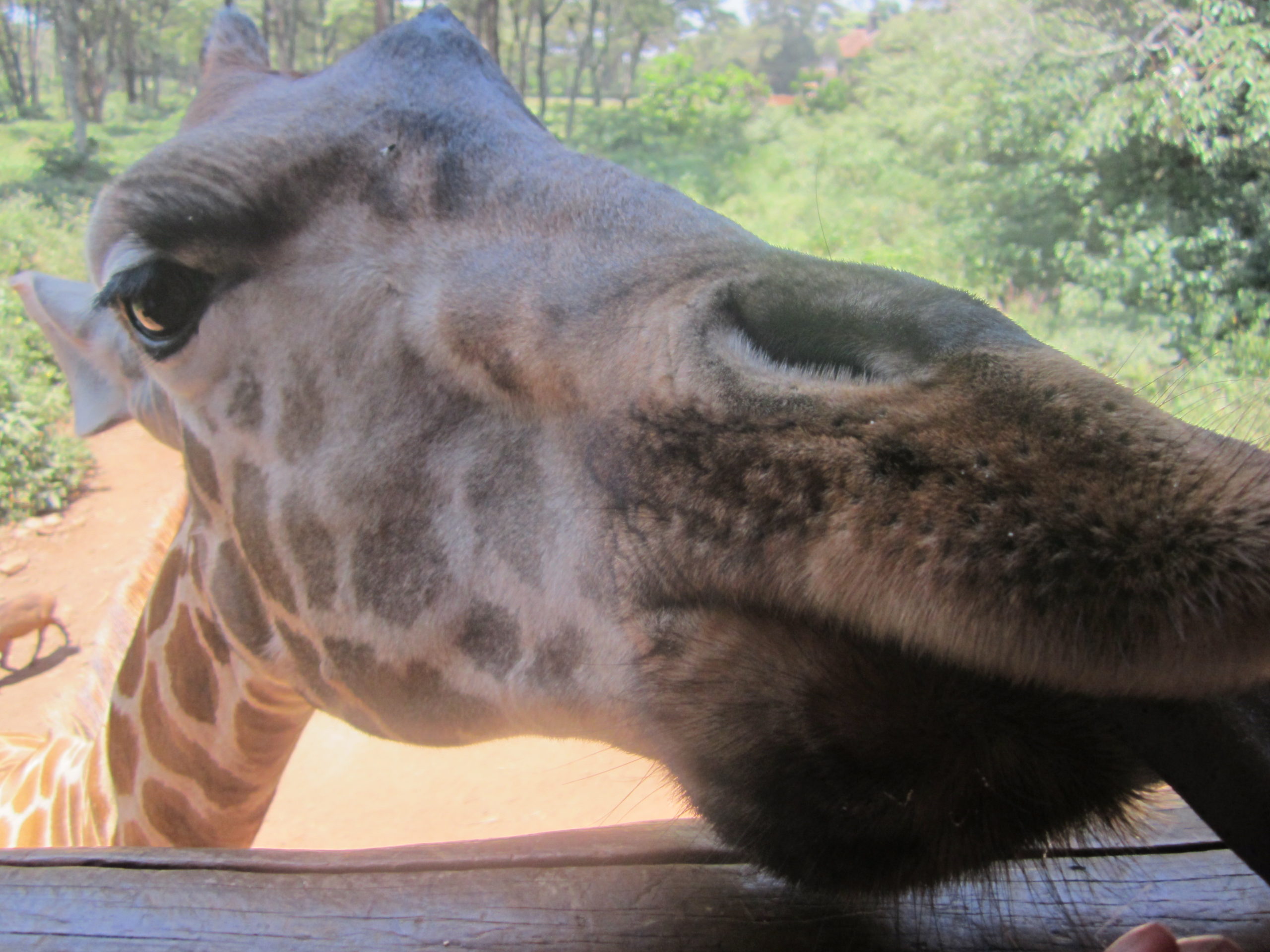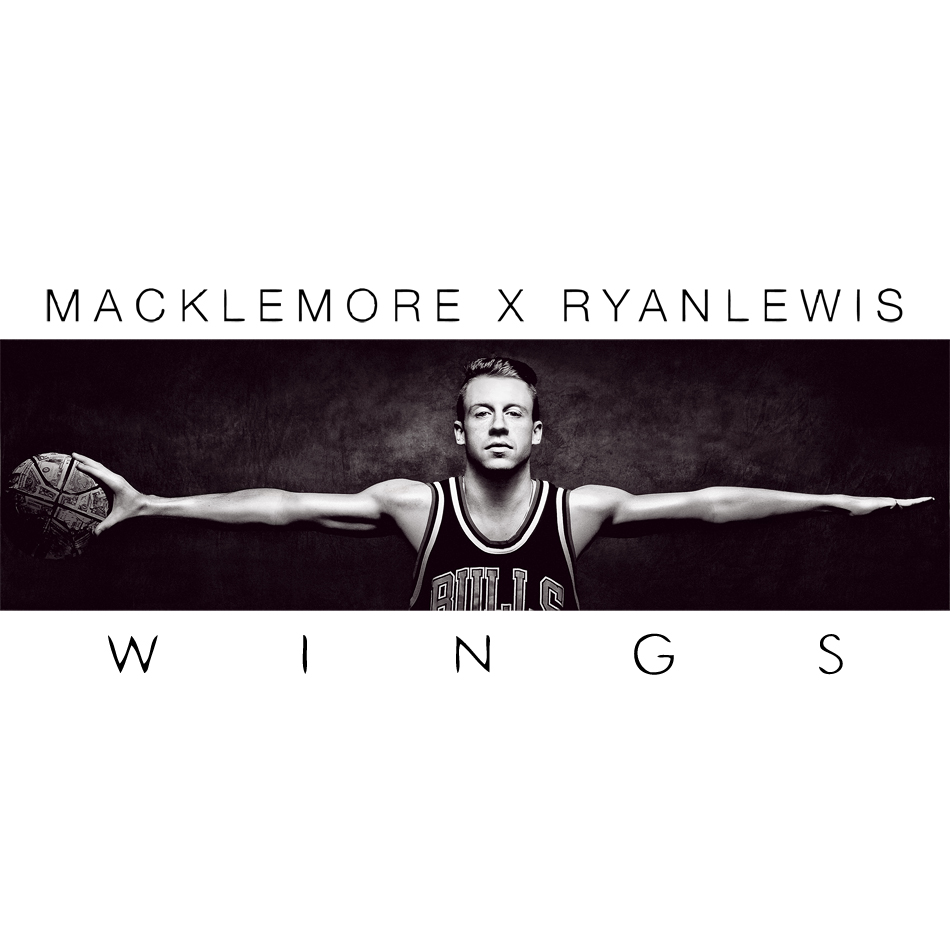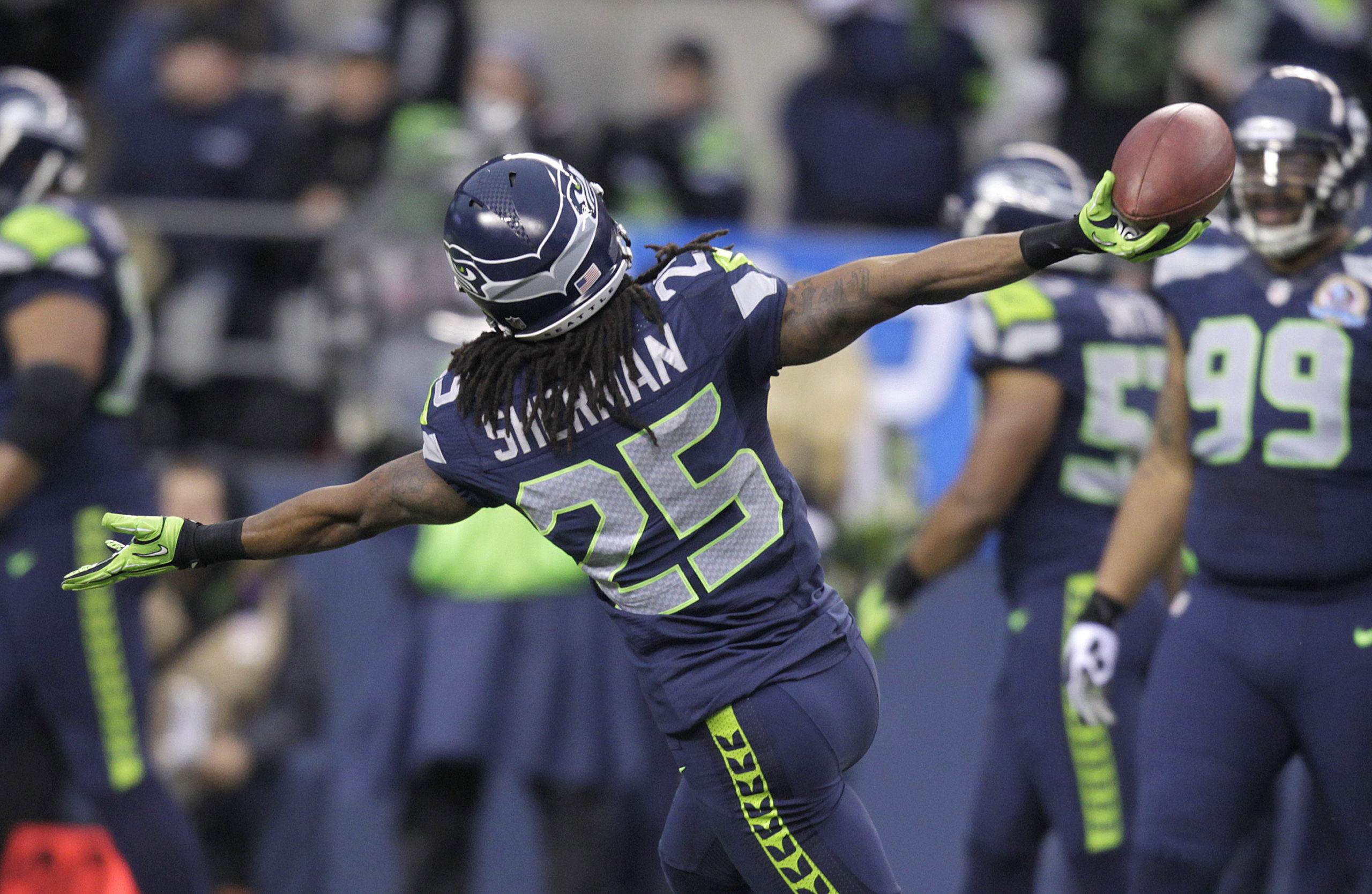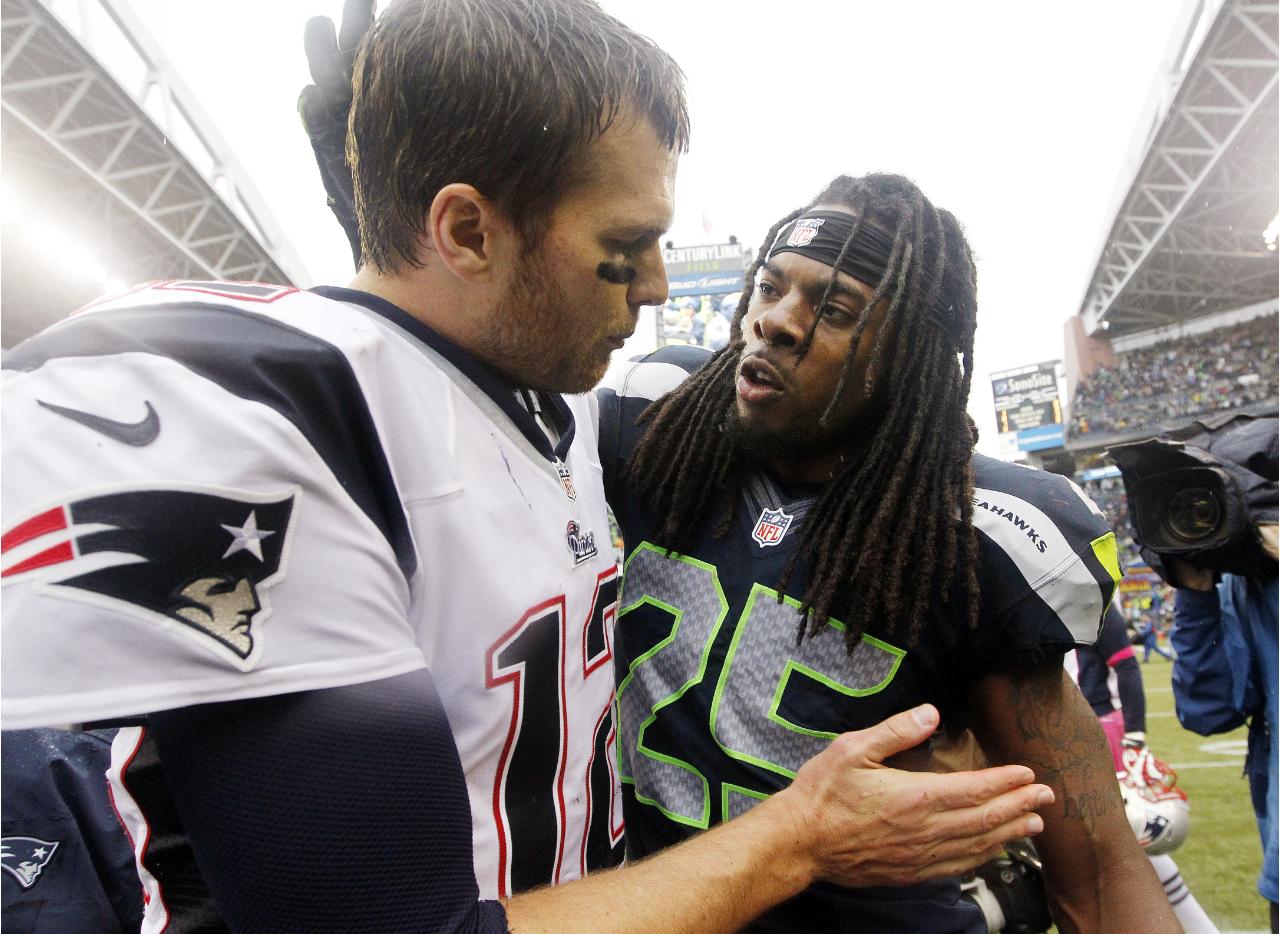This article ran in the December 2009 issue of the Garfield Messenger (Garfield HS, Seattle). Tony now plays for the Philadelphia 76ers.
Sometime in October, my esteemed editor Larson Gunnarsson approached me with a proposition: I was to try out for the basketball team and give an account of the adventure. In the coming weeks, this agreement came back to haunt me. Since my days as a freshman, I had harbored an immense respect for Garfield basketball players. They were huge. They secreted swagger. They leaned against corridor walls, arms crossed, smiling fiendishly. Their presence drained all my confidence, any sense of myself. Tony, especially. His talent conferred on him an almost godlike stature, someone who couldn’t be defined in terms of “sophomore” or “underclassman.” A mere mortal myself, I craved his arrogance, his natural gifts, his world. I did not know or care about the personalities of Garfield ballers, but in their presence I felt awe, and something that bordered on fear. And so, the month before tryouts became increasingly painful as the sheer short-sightedness and stupidity of the agreement began to dawn on me. I would be matching up with varsity players. Varsity. Goddamn varsity. Every time I passed Tony in the halls, or Correy Bagby, or Jaron Cox, I could only think: fuuuuuuuuck.
I enlisted Wilson Platt for emotional support. Wilson, a junior, started varsity last year, but he was not intimidating like the others. Cheery, likeable, and white, Wilson provided an outlet for my misgivings and insecurities about the looming tryouts. “The worst thing that could possibly happen,” I remember him saying, “is you get kicked out.” Vaguely reassured, I awaited the first day of tryouts the way an old man sits on the porch and ponders his fate.
When judgment day arrived, I was ready. I hydrated consciously throughout the day. I went home after school to stretch and grab a potassium-laden banana. I slipped on my fresh new Reebok crew socks, laced up my grime-encrusted Nikes and was out the door. At precisely 4:30 I walked into the gym foyer. Fifty people or more stood around, some talking and laughing, others plugged into their iPods with their heads down. I noticed shorter, baby-faced freshman and sophomores slouching, dispersed at random intervals, and felt a minor resurgence in confidence. I found Wilson in this scrum and sauntered up to him with as much grace and coolness as I could muster. In mid-saunter, I felt the eyes of big black dudes boring holes into the back of my head. I felt small. Wilson met me with his usual winsome smile. But at that moment, first-year coach Ed Haskins ushered the crowd into the gym, hopeful frosh and cocksure seniors alike.
Haskins sat everyone down in the bleachers. I studied him as he introduced himself and his assistants. He wasn’t tall, maybe 5’9″, but he commanded respect. Not just with his calm, sure voice, but with the way he gestured his arms, the way he explained the tryout semantics and included all of us in his gaze. After a brief warm-up, Haskins shouted: “Baseline!”
The first sprints were easy enough, but Haskins was not satisfied. He paced. He fumed. “This is unacceptable!” he shouted. He paced some more. “You will support your teammates as they run. Because you know you want them to support you! Let’s go!”
The response was overwhelming. Dudes sprinted high-knees down the court – high-knees – and everybody shouted out support, clapping their hands, eyebrows pointed in focus. The energy in the gym crackled. I was swept along in the frenzy, as much from legitimate excitement as my desire to simply to be included and not stand out.
The practice zipped along. The energy from the lines did not waver, but the severity of the sprints increased. We began doing “deep sixes,” six court lengths. Haskins chewed out the loafers. “You need mental toughness to play basketball!” he bellowed. “You walk? You are not mentally tough!”
We ran by class. Seniors last. Initially, I hung with the pack, but there was no gas in the tank for the last sprint. Going into the sixth and final turn, I was at least half a court length behind the next senior. As the pack finished at one end, I was working my way past the opposite three-point line. Wilson shouted “Let’s go Danny!”, which was slightly uplifting, but at the same time made me feel like a highly functioning autistic.
Haskins mercifully allowed a water break. I could hardly move. My vision had blurred. It took immense self-control and willpower to climb up the bleachers to my water bottle. As soon as I touched my dry lips to the lid, Haskins shouted “baseline!” I staggered back towards the group assembling at one end of the court, but did not stop once I reached it. I made it to the foyer before the dry-heaves began. I turned around long enough to see a guy giving me a wide-eyed, oh-shiit look before I plunged onward, finally reaching the bathroom, feeling my way to a stall, leaning over the toilet, and letting the vomit fly like a Nolan Ryan fastball.
I remember feeling so pathetic stooped over in that bathroom stall, remnants of the day’s chow mein clinging to my lips, standing still and alone while everybody was toughing it out in the gym. Whether it was a matter of pure exhaustion, as I hoped, or a matter of mental strength, as Haskins might have believed, I was weak. Practice ended soon thereafter. I departed the gym, feeling, if possible, smaller and more insignificant than when practice had begun.
The next day’s practice included only juniors, seniors, and underclassmen stars. The group shrank to 21; the stragglers had vanished. “This is essentially a varsity practice,” Haskins told us. “And I ask only that you hustle.” He interspersed sprints throughout the practice, but they were ultimately irrelevant next to the heart of the drama, the sacramental moment where we touched basketballs.
Here I offer some perspective on my playing ability. I have fundamentals. I can pass and set screens and play D, but that’s about it. Giving me the ball is a bad idea. In the rec city championship game last year, I took fourteen shots and missed fourteen shots. So needless to say, I had serious misgivings about scrimmaging with varsity. We ran full-court 5-on-5 drills. I was the weakest, smallest, and least skilled player on my team, by far. My teammates said nothing, but I could tell what they were thinking: Who is this little bitch white boy and what is he doing here?
Interestingly enough, the first couple of minutes went swimmingly. I was guarding someone smallish who couldn’t blow by or overpower me. For the first time in my life, I dove after a loose ball. I launched a three-pointer off the backboard, but shrugged it off. I began to feel a sensation that verged on the comfort zone. Until Tony guarded me.
It was just one play. But it was the worst play of my life. I received the ball on the top of the key. Tony stepped up and settled into a crouch across from me, maybe two feet away, eyes wide like a hyena’s. “GIMME DEEEZZ!” he screamed. He stretched his massive wingspan, as if to embrace me, although truly he was letting me know, you will not enjoy this. Too focused to be deterred by fear, I drove to the left and cut past him. In retrospect, I can only presume he wasn’t trying, because a) realistically he would lock me up in a heartbeat, and b) he subsequently pushed me from behind and poked the ball away.
Scrimmage progressed, and I slowly found a role on my team. I seldom touched the ball, set a few screens on offense, and played the most tenacious defense I could muster. Although I performed this role relatively well, I didn’t feel a part of the team. It was as if there were two groups of people trying out that day: those who were locks for varsity and those very close, and then everybody else. The outsiders. The varsity players were outgoing and arrogant, like a fraternity, a very exclusive fraternity of which membership was nearly impossible to attain. The outsiders may even outperform varsity players, but that does not grant them a spot in the varsity clique. I held my own against Correy Bagby on defense, an enormous personal victory. I busted my ass, played unselfish basketball. I shattered this illusion that varsity ballers play on an entirely different level, an inhuman level, but I remained still an outsider, lowly and unimportant.
As practice drew to a close, I gathered my belongings, kept to myself. Didn’t say a word. But inside, a strange sensation was brewing, displacing the insecurity and discomfort I had experienced in the days leading up to tryouts. I felt bold. Simply because I had staved off humiliation, I was unconquerable. Exhausted yet weightless, I gave Wilson one last high five and stepped out into the cool crisp night.

